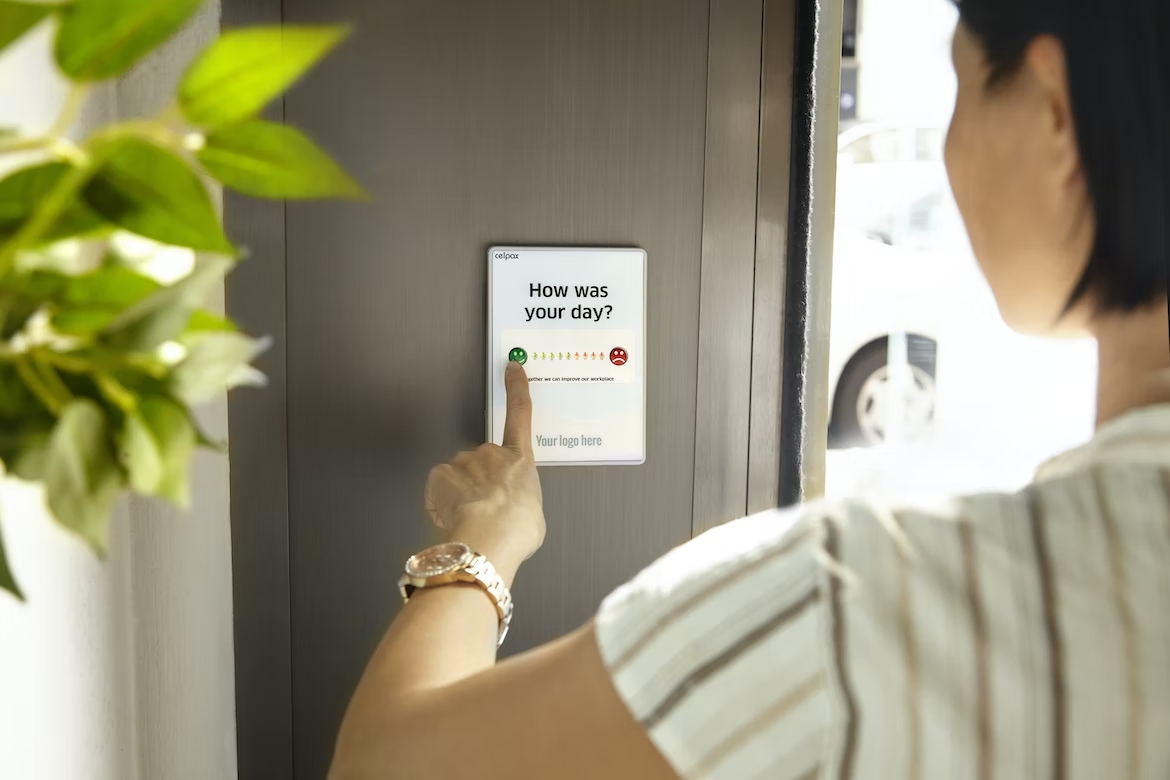What Customer Experience (CX) Metrics to track?
Do you know there are approx 26 unhappy customers with every complaint that you receive? You’re more likely to lose those customers if you don’t implement proper actions. Low customer satisfaction levels are harmful for the brand.
That’s how Customer Experience (CX) metrics enter the picture. It’s been surveyed that only 7% of the customer voice is shared with CX leaders. Predictive customer insight is soon going to rule the future.
As per research, CX is bound to become the main brand differentiator in the coming years with increased brand loyalty and better retention rates.
Metrics That Matter To Track Customer Satisfaction
CSAT, CES, NPS are commonly used because they’re authentic and easily understood by whoever uses them. Let’s dig deeper to study them in detail.
NPS (Net Promoter Score)
Did you know that an average survey has a response rate of 3%, while NPS surveys earn a response rate of 10-30%. Good NPS ratings help you with the ‘tunnel-vision’ effect and businesses get to know that they’re on the right track.
Benefits
NPS works the best with the right voice of the customer program. It tends to get you a higher response rate and has a large scope. Being a long term CX metric, it reflects the bigger picture of customer loyalty. Plus, it has its focus on long-term growth with proper customer segmentation. With the provision of accurate and realistic data, right benchmarks can be set. With NPS, you can look forward to honest feedback.
Limitations
NPS surveys require follow-ups. Relying on just one question is not enough. Sometimes, implementation becomes difficult with this metric because it has the tendency to recommend.
CSAT (Customer Satisfaction Score)
CSAT is a CX metric directly used to measure customer satisfaction levels. It’s expressed in percentage that determines the satisfaction levels of the customers.
Advantages
CSAT is a flexible CX metric. Customizing questions as per the in-depth analysis of a brand’s strength and weaknesses is quite easy. Plus, CSAT surveys can be used in different formats.
Disadvantages
The only drawback is that it reflects short term customer expectations and sentiments. It’s based on a feeling of a specific day. Also, the problem is with the subjectivity because ‘Satisfied’ might mean different things to different people.
And, it does not end here. Your CSAT score can be skewed by the clients. The score can also be inaccurate due to the fear of admission. The biggest disheartening point is that CSAT won’t reveal a lot about customer loyalty. A low CSAT score can help you predict the customer churn.
CES (Customer Effort Score)
HBS research says that results are strong predictors of the future buying behaviour. 94% of the customers report their interactions with the brand as ‘low efforts’. It means CES can give you insights on likely customers who refer your brand to others. Since it has a survey focus on customer efforts, it will help you with actionable data.
Benefits
CES allows you to pinpoint weaknesses quickly. It’s useful in spotting the desired outcome of the customers. Predicting future behavior of the customer is quite easy with CES. Plus, it can provide you insights on the likelihood of recommendations. It’s the best indicator for improvising customer loyalty and retention rates.
Limitations
CES has short-term relevancy data and it requires follow-up questions to expand the customer base. It’s not very good for customer segmentation. CES is subjective and tied to expectations. Some interactions under this metric are very low effort and have low referability potential. The major focus of this metric is on the transactional aspect of the CX.
Comparison Between The 3 CX Metrics
NPS, CSAT & CES, all of them deal with different aspects of the customer’s journey. So, it would be unfair to compare them. They’re connected and complement each other. While CSAT surveys irrespective of the positive scores can’t depict consumer loyalty.
CES only offers value in particular situations like product’s ease of use or assessing service performance. They touch isolated cases at precise touchpoints. The feedback directly contributes to how you shape the consumer journey. NPS, however, deals with the broader aspects. It can be used to improvise consumer’s perception of the brand. The end results depend on the team and what they use to boost retention and revenue.
Wrap-Up
The ones who are ready to learn about their brand perception, how satisfied their customers are, can easily get started with the customer metrics listed above. The best part is setting up the intricate automation scenarios in just a few seconds. Moreover, you can set up the triggers to send out surveys automatically and integrate various other services alongside. Sounds interesting, right? Sign up for a trial now!





